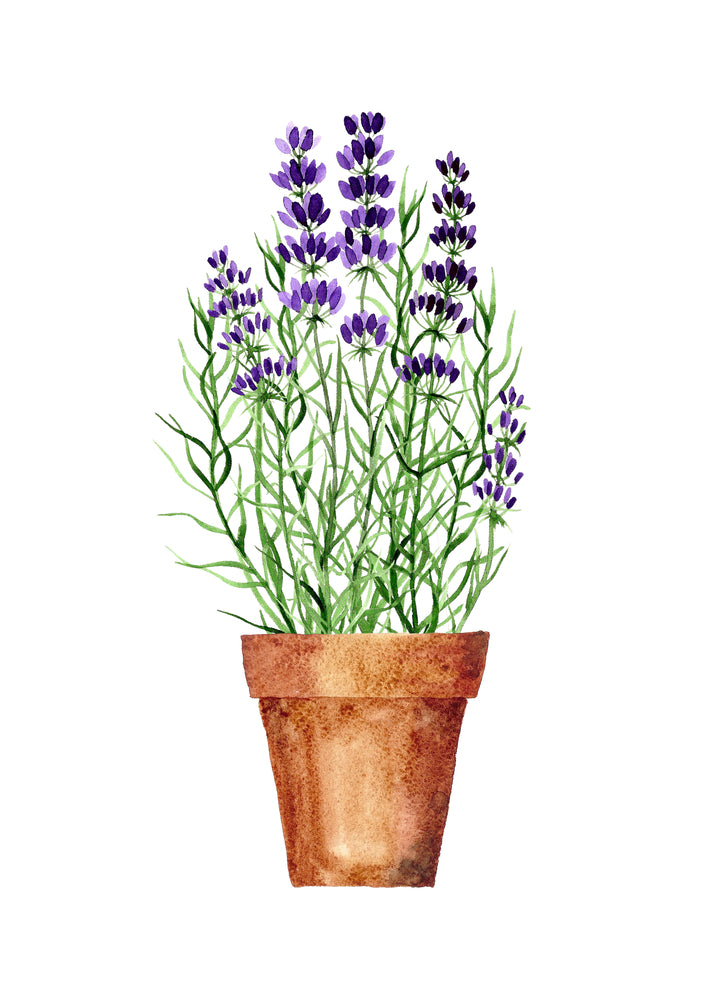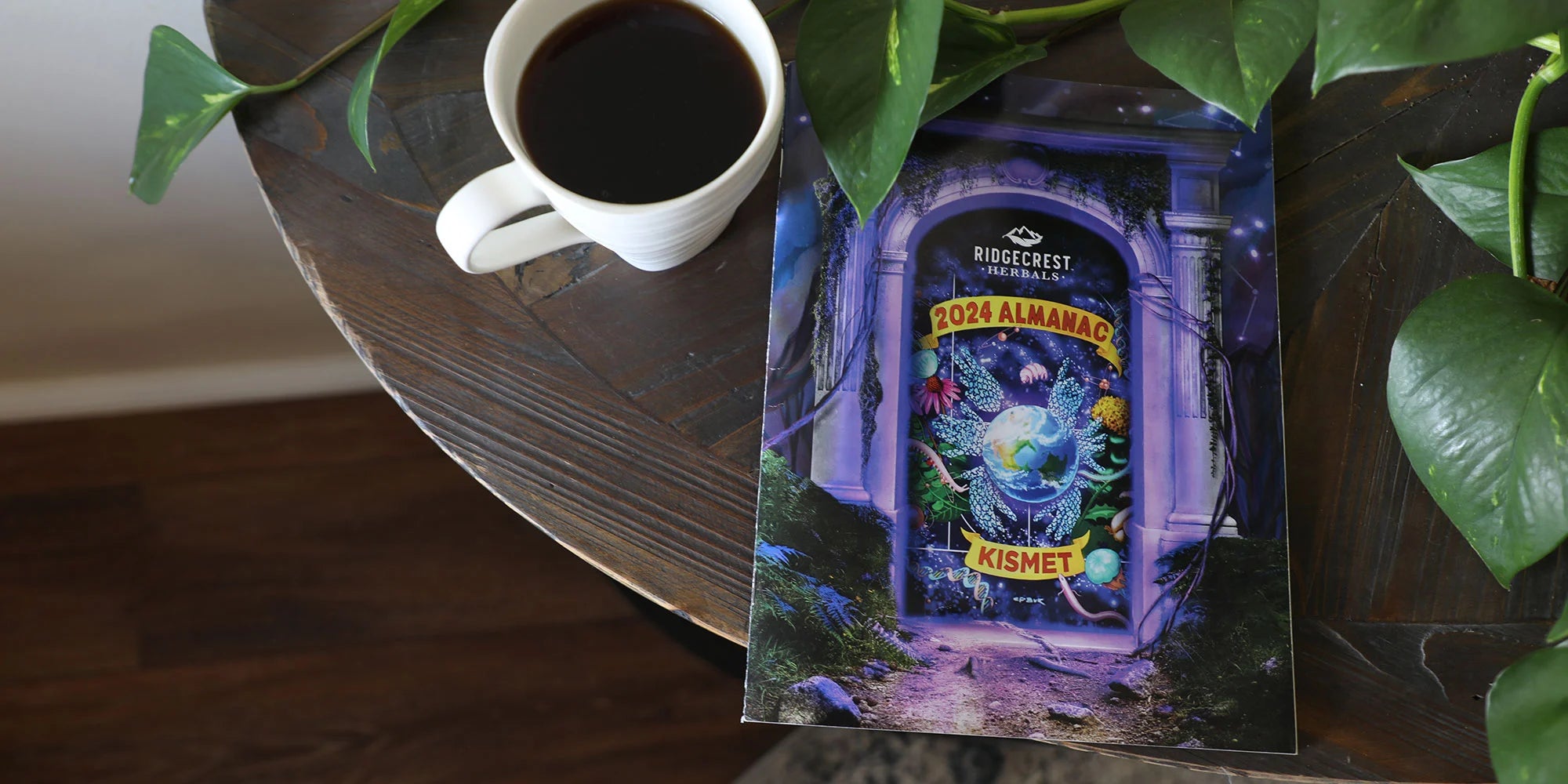by Will Christensen, Ginger Beard of Power
While urban farming can be a great project for homeowners with yards, many of us don't have room for a full-size garden, and some don't have ground close to home to dig in at all. How do condo or apartment residents get in on the action?
Don't give up! Gardens can be grown in containers almost anywhere that has sunshine, fresh air, and access to water, so apartment balconies or condo porches/patios can also be places for home gardens.
The rewards of eating your home-grown food from container gardening is well worth the work, and it allows you to be creative and start some experiments with containers. Where you have light, fresh air and water, you can have tomatoes, cucumbers, and peppers. Here are some ideas to start with:
Terracotta pots
They're cheap and they breathe well. Start by choosing a terracotta pot in the appropriate size for what you'll be planting in it. For example, herbs stay relatively small and can be grown in anything from small pots to soup cans, but tomato plants get really full and tall, so they will require an appropriately sized pot (at least 20 inches tall) and good soil.
Place your pot in its designated place before filling it. It's important to start this project where you want the pot to stay, because the roots become heavy and cumbersome to move around once the pot is filled.
In container gardening, drainage is key - line the bottom of your pot with a screen material, or a few folds of newspaper to keep soil from falling out, and to slow down the evaporation of water. Placing a terracotta saucer beneath your pot is also a good idea, to keep any leaking moisture from collecting on the ground below.
You can also place river rocks at the bottom of your pot for extra drainage, then fill the remaining space with good natural organic garden soil. Mix in some fiber (coconut is best) for even better results, and you are ready to pant!
Find an heirloom seed that you'd like to grow, and follow the directions on the seed packet.
With a potted garden, you'll need to water more often than an in-ground garden. Watch how much sun shines on the pot. If the pot is in full sun, try and find a way to shade the pot (but not the plant). Some burlap wrap around the pot will help to slow the air movement, keeping the roots cooler and slowing water loss.
Fiber bags
These are available from your local nursery or on Amazon and are available in many sizes. This is a newer type of gardening and comes with a lot of benefits.
Bags are flexible, so you can shape them into small spots, fitting more of them in the space you have. Many also have handles, so you can hang and move them easily. With a good supported system, you can hang plant bags above that will drip into the pots on the ground level of your patio.
Fiber bags don't break when they're dropped or freeze, and if you'd like to store them during winter, they can be folded up and stashed in a much smaller space than pottery. While these bags have many benefits, there's a down side; they aren't as aesthetically pleasing as pottery, and salts and minerals from your soil will dry on the outside of the bags, which can turn colors like white, gray, and brown.
Also, if fiber bags are placed in full sunshine they can get really hot, and not all plants like to have hot roots. Follow the burlap instructions mentioned above to ease this stress on the plants.
Even though fiber bags are movable, you need to try not to break the root ball of the plant inside the bag, so remember to be gentle.
These are just two ideas to get you rolling, and there are many informative blogs and tips online to get you started as well. The possibilities are limitless!
In the end, growing and caring for your food is smart for you, and the planet. Using heirloom seeds keeps reproducible plants in our culture, and making your own fertilizer (see our vermicomposting article) saves fuel and pollutants as opposed to buying manufactured fertilizers from across the country. Plus, you'll know that what you're eating is organic and pesticide-free.
Every living plant matters. They help to clean the air, and give an energy to those around them. Container gardening makes the joy of gardening accessible for many more people, and can help with the knowledge gap of farming for our younger generation.
Unfortunately, many children in America today can't identify fresh fruits and vegetables when they're shown pictures of them, let alone tell you how and when they grow, how they're cooked, harvested, or even cared for.
Include children in your gardening experiences, and make a difference in their lives!



